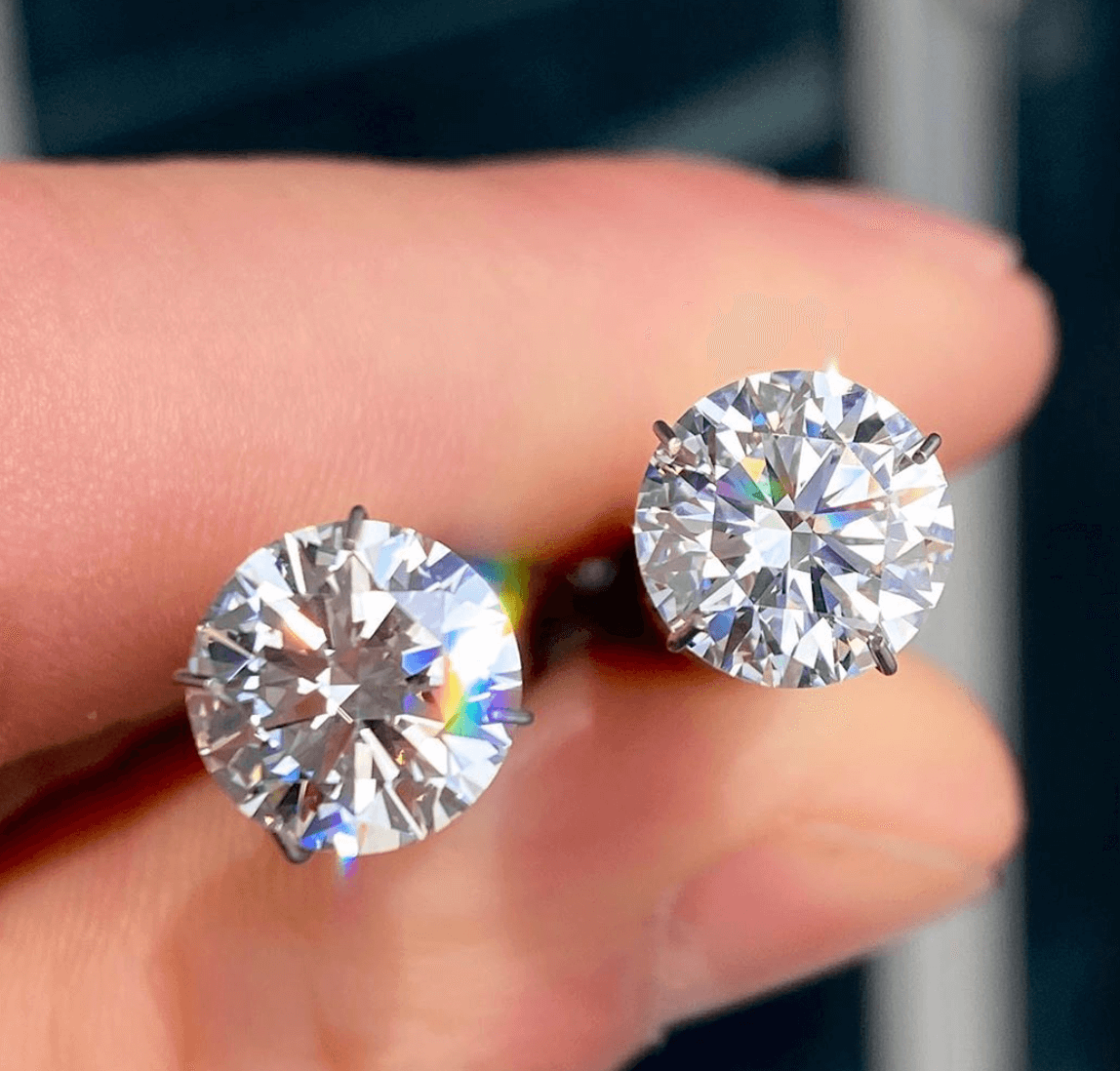
The choice between moissanite and diamond ultimately comes down to your personal preferences and priorities. Both gemstones have their own unique characteristics and advantages.
If you prioritise durability, then both moissanites and lab made diamonds are good options. Moissanites are nearly as hard as diamonds, making them durable and long-lasting. However, diamonds are still the hardest material on Earth and are slightly more scratch-resistant than moissanites.
If you prioritize brilliance and sparkle, then moissanites may be a better choice for you. Moissanites have a higher refractive index than diamonds, which means that they can create more sparkle and fire.
If you prioritize rarity and tradition, then diamonds may be a better choice for you. Diamonds are more rare than moissanites and have been used in engagement rings and other jewellery for centuries.
If you prioritize cost, then moissanites are generally less expensive than diamonds of comparable size and quality. This can make them a more affordable option for those on a budget.
Ultimately, the choice between moissanite and diamond comes down to your personal values, preferences, and budget. It’s important to choose a reputable supplier and to consider factors like durability, brilliance, rarity, and price when making your decision.
It’s important to note that the environmental impact of diamond mining and processing is a concern for some people, and choosing a moissanite over a diamond can be a more environmentally-friendly choice. Moissanites are typically lab-grown, which means that they require less energy and resources compared to diamond mining and processing.
One final thing to consider is the ethical concerns surrounding the diamond industry, specifically with regards to conflict or blood diamonds. Conflict diamonds are diamonds that are mined in war zones and sold to finance armed conflict against governments, while blood diamonds are diamonds that are mined and traded to fund violent rebel groups or human rights abuses.
The Kimberley Process Certification Scheme was established in 2003 to regulate the diamond trade and prevent the sale of conflict diamonds. However, some people still have concerns about the ethical and human rights issues associated with diamond mining and the diamond trade.
If you have concerns about the ethical issues surrounding diamonds, then choosing a moissanite or another alternative gemstone may be a better choice for you. Moissanites are typically lab-grown, which means that they don’t have the same ethical concerns as natural diamonds.
Ultimately, the decision between moissanite and diamond comes down to your personal values and priorities. It’s important to choose a gemstone that reflects your values and meets your needs in terms of beauty, durability, and price.
Another factor to consider is the size and cut of the gemstone. Moissanites are typically less expensive than diamonds, which means that you may be able to afford a larger or better-quality moissanite than a diamond of the same price. Additionally, the cut of the gemstone can affect its overall beauty and brilliance, so it’s important to choose a well-cut gemstone regardless of whether it’s a moissanite or a diamond.